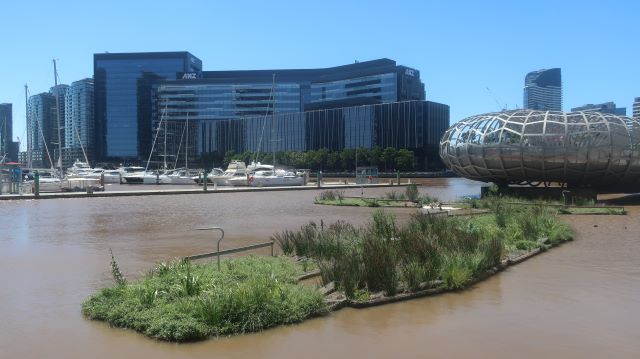
‘My brown Yarra’
“There’s a part of me that’ll always be
Flowing slowly to the sea”
Frank Jones wrote the lyrics for the Whirling Furphies affectionate love song for the Yarra River in 1988. At one time it was considered to be Melbourne’s ‘unofficial anthem’.
37.8 mm of rain fell in Melbourne in 24 hours on Monday 8th January and 25.6 mm on Tuesday 9th. Following the rain, the ‘brownness’ of the River became a focus of attention.
‘Why is the River brown?’ has been a recurring inquiry over the years.
The River is said to have run clear before land was cleared for agriculture. Fine clay particles continue to wash off the land into the River and flow down towards the Bay. Not only was the River brown but it looked thick and heavy with the weight of clay particles and sediment. Branches and other river borne debris made the city stretch of the River look more ‘living’, more like the River upstream. However, the debris is a hazard to boating.
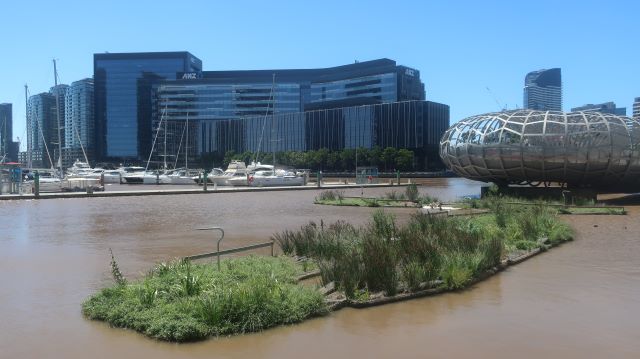
A discerning river observer could tell that this particular shade of red brown was coming off the tributary of Woori Yallock rather than the upper catchments. The ‘brown’ is a reminder of the journey the river water has taken.
The ‘brown’ is perhaps less of an issue than damaging pollutants like microplastics.
On a rainy day last week, I bumped into Emma Cutting of the Melbourne Pollinator Corridor project (MPC). Rainy days get her excited. She goes out into the rain to watch how it falls on one of the growing number of gardens in the corridor. She appreciates how the rain penetrates the ground rather than rolling off the hard surface of the footpath into the gutter. ‘Rain is so precious’, she said, ‘We’ve got to catch it, keep it.’
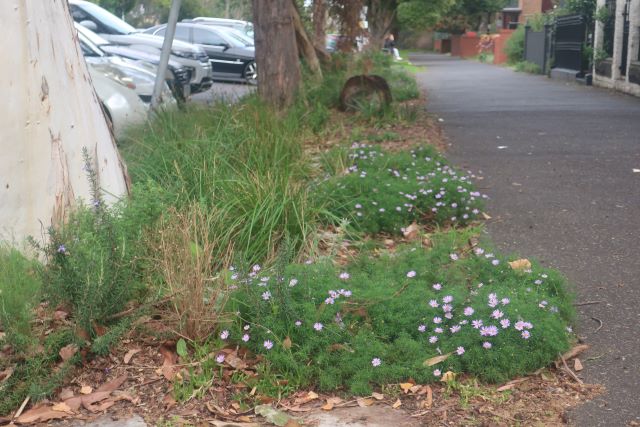
I’d been looking at how the new raingardens in South Melbourne had responded to the rain. The rain water flows fast into raingarden bearing leaves and litter with it, pushing over the reeds. The water rests in the raingarden slowly filtering through layers of sand and gravel. The reeds recover. The water is clean when it joins the drainage network and enters the Bay.
The raingardens are good companions to the MPC gardens. Although their primary purpose is stormwater management, they also contribute to biodiversity.
The Bay and its beaches cop whatever comes down the River. EPA Beach Report strongly recommends not swimming in the Bay after rain, especially near stormwater drains. Red denotes poor water quality, not only on Bay beaches, but also at Warrandyte, Launching Place and Healesville.
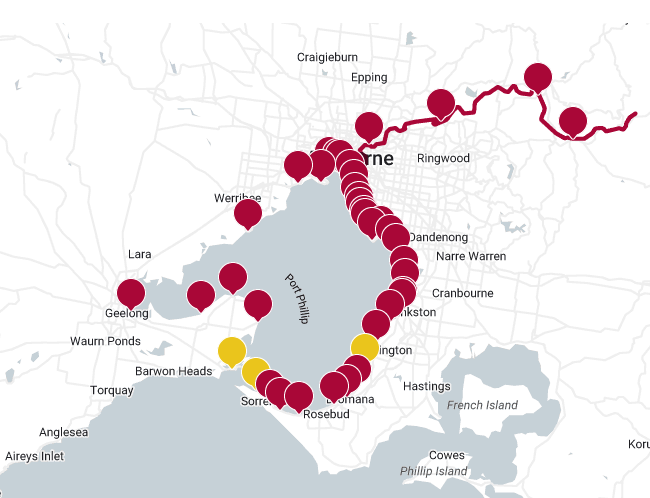
Although many people may still think that the River is dirty, dangerous, even, I think perceptions are changing. More people are appreciating the River for itself, that it is the ‘lifeblood’ of Melbourne, for the creatures that make it their home, for the sense of refuge and respite it gives. Interest in a swimmable Birrarung grows. Bay swimming is increasingly popular.
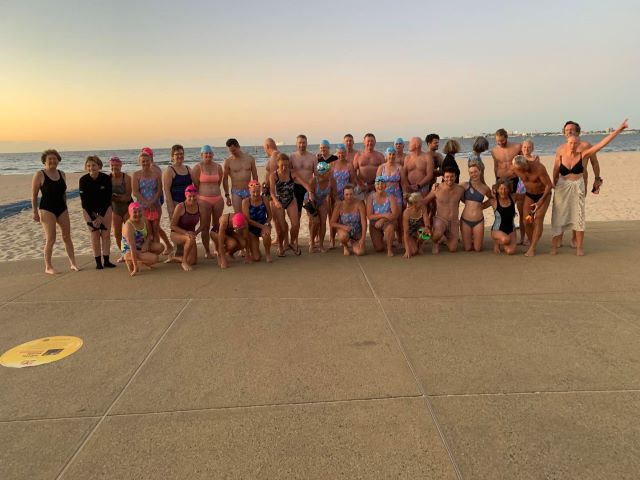
Thinking of the River as ‘a single, integrated, living entity’ gives us a new framework.
“… New visions work towards reframing our collective understanding of river spaces and possibilities, and they share an undercurrent of responsibility and custodianship, of awe and humility.1
Let’s imagine and work towards a healthy future for the River and Bay when rain no longer translates into damaging stormwater pollution.
More
1 Sally McPhee Detoxing the River: towards a swimmable Yarra Foreground 1 March 2019
Listen to My Brown Yarra The Whirling Furphies

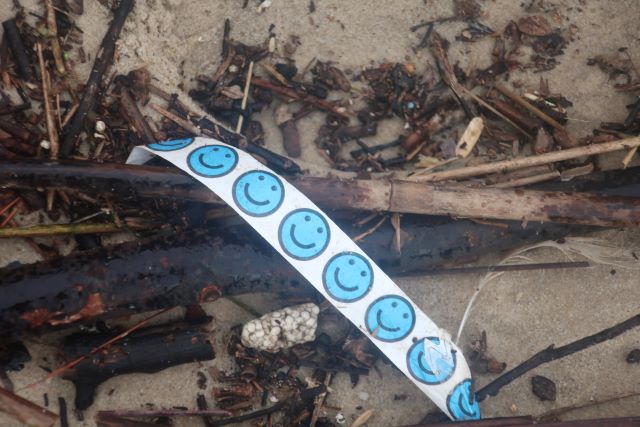
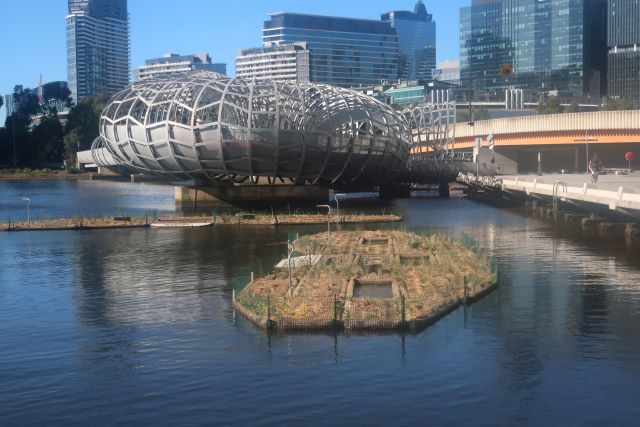
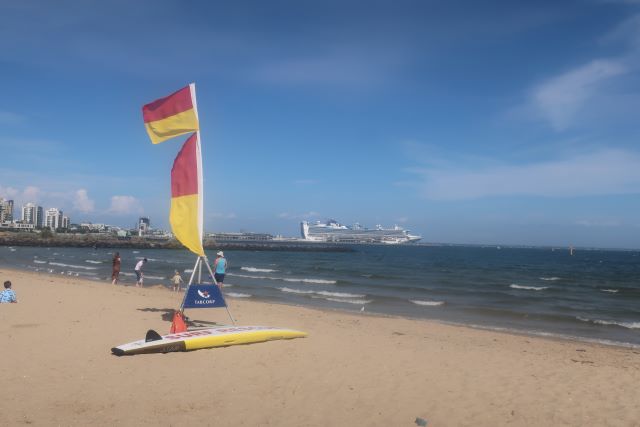
Leave a Reply